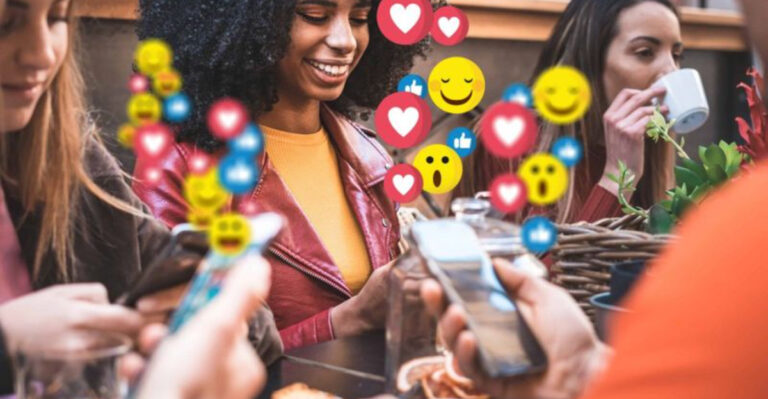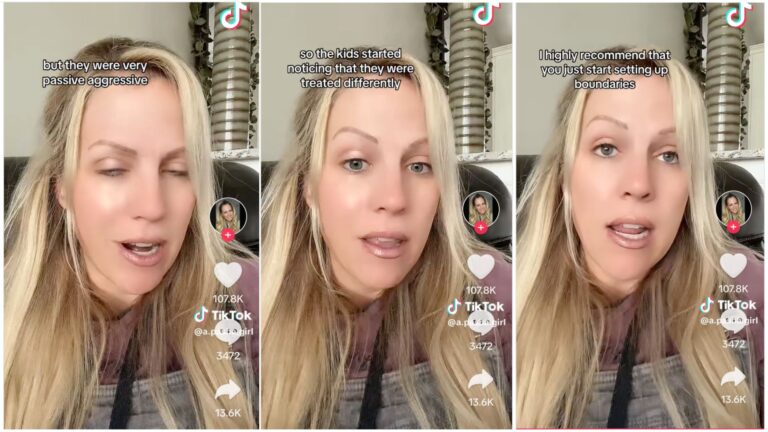20 Weird Social Rules That Have Become Our New Norm
Ever stopped mid-scroll and thought, “When did this become normal?” Welcome to modern life, where social rules have gotten a little… weird. From side-eyeing phone calls to the silent codes of social media etiquette, society has developed a new set of unspoken (and sometimes baffling) norms.
They’re strange, they’re subtle, and somehow we’ve all just gone along with them. Ready to recognize just how much the world has changed? Let’s explore 20 quirky, weird, and sometimes hilarious social rules that have quietly redefined what “normal” looks like today.
1. Texting ‘Here’ instead of ringing the doorbell
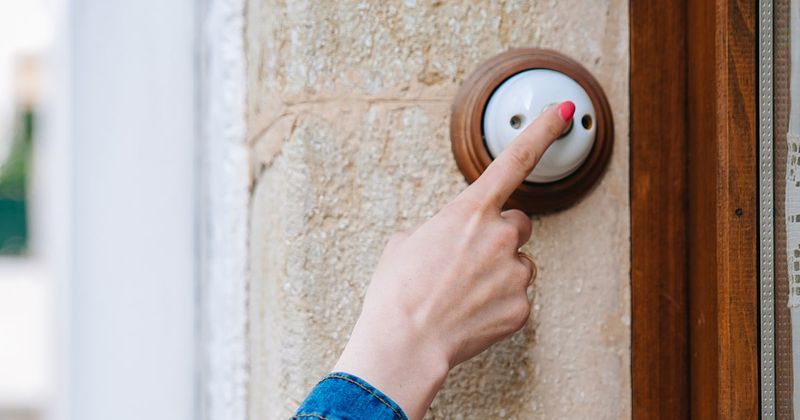
It’s a chilly evening, and you’re standing at the doorstep of your friend’s house, phone in hand, shooting a quick “here” text. Somehow, ringing the doorbell feels a tad too intrusive now. We’ve all reached this point where a simple knock seems to throw everyone into a mild panic.
Maybe it’s the suddenness, the unexpectedness of an old-fashioned doorbell ring. In this era of instant communication, giving a heads up via text is the considerate thing to do. It’s like saying, “I’m here, but no rush, take your time!” It eases the social tension and lets everyone prepare for the face-to-face interaction that’s about to unfold.
This modern approach, though odd at first glance, has seamlessly integrated into our daily routines. We’ve traded the abruptness of a bell for the gentle ping of a message, and honestly, it’s become second nature.
2. Double-tapping a photo to maintain friendships
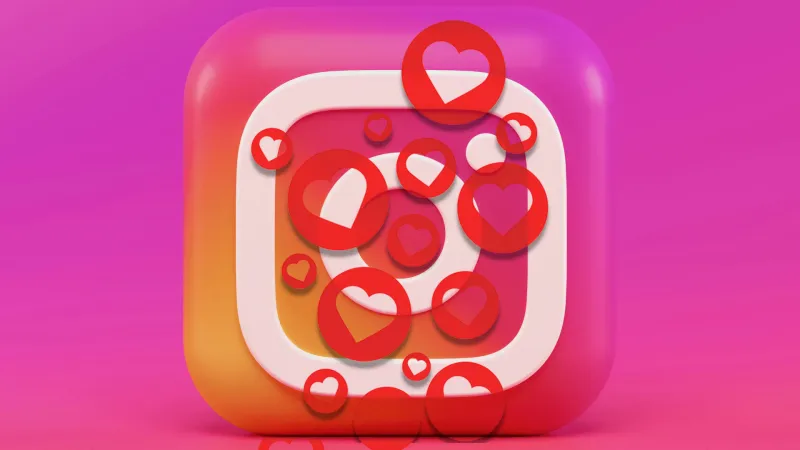
Scrolling through a sea of pictures, your finger instinctively double-taps on a friend’s latest post. There it is, a small act of affirmation that says, “I’m here, I’m present.” In today’s fast-paced life, maintaining friendships can be as simple as a double-tap.
It’s almost like a digital handshake, an unspoken agreement that you’re keeping tabs, that you care. We might not always have the time for lengthy catch-ups or heart-to-heart conversations, but this small gesture keeps the connection alive. It’s a nod of recognition, a way of saying, “I see you,” without the need for words.
Sure, it may seem superficial to some, for many, it’s a comforting reminder of the ebb and flow of modern friendships. It’s a little strange, yet profoundly fitting for the digital age we live in.
3. Text before calling
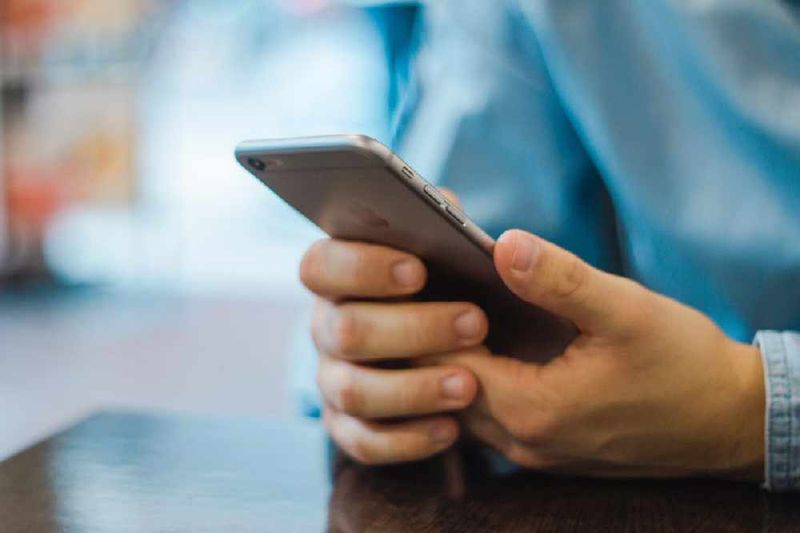
Picture this: you’re lounging at home, enjoying a rare moment of tranquility when your phone rings without warning. It’s a call, unplanned and unexpected. The nerve! These days, a spontaneous call can feel like an ambush, disrupting the harmony of our meticulously curated schedules.
Texting before calling has become the polite prelude, allowing for a moment to prepare, to brace oneself for the conversation. It’s the modern-day equivalent of knocking before entering a room, offering respect for personal time and space.
What used to be a simple act of communication now requires a preamble, a gentle nudge before diving into a conversation. For many, it’s about control, about ensuring that connections happen on our terms. It might seem peculiar, but for those who cherish their bubble of solitude, it’s a much-appreciated norm.
4. Ghosting as a relationship exit strategy
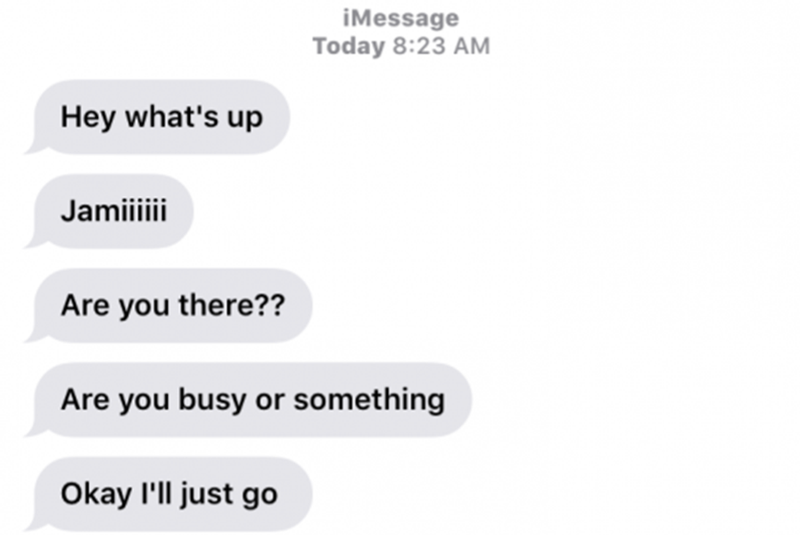
Relationships, once a dance of words and emotions, have taken a new turn. Enter ghosting—the art of disappearing without a trace. It’s baffling yet strangely acceptable in today’s dating scene. One moment you’re chatting, sharing laughs, and then, silence. No explanation, no farewell.
Ghosting feels like an escape route for those unwilling to face the discomfort of honest conversations. It leaves the other party hanging, questioning, seeking closure in the void. It’s the easy way out, evading the messy reality of endings. It’s often criticized for being immature, but it’s a tactic that some find liberating.
It’s a reflection of a fast-paced world where commitment feels daunting and words seem unnecessary. Strange as it is, ghosting has nestled into the cracks of modern relationships, a silent nod to the complexities of human interactions.
5. Stranger danger in public conversations

Remember when chatting with strangers was a delightful way to pass the time? Well, those days seem far behind us. Now, striking up a conversation with a stranger at a coffee shop feels almost rebellious. We’re conditioned to be wary, to keep our circle tight.
In public spaces, the silence is often preferred, with eyes glued to screens or books. It’s the modern-day armor, a barrier against the unknown. Talking to strangers can be seen as suspicious, an intrusion into the bubble of solitude that we’ve carefully crafted.
But there’s a flip side—a longing for genuine connection that sometimes breaks through the unease. While the world seems to encourage us to stay in our lane, the odd friendly exchange can be a refreshing reminder of our shared humanity. It’s a strange dance between caution and curiosity that defines today’s social etiquette.
6. The art of avoiding known acquaintances

You’re in the grocery store, minding your own business when you spot a familiar face. Panic sets in as you feign interest in the cereal boxes, hoping they don’t notice you. It’s a common scene in our social interactions today—ducking, dodging, avoiding. Why do we shy away from these encounters?
Maybe it’s the fear of awkward small talk, or maybe it’s the desire to stay within our comfort zones. Pretending not to see someone we know has become an unspoken dance, a way to maintain control over our social energy. It’s not about disliking the person; it’s about self-preservation in a world that’s constantly on.
While it may seem cold, it’s a protective measure, a way to keep our social batteries charged. This quirky behavior has quietly slipped into our social rulebook, an odd yet relatable truth of modern life.
7. The ‘Today Years Old’ revelation
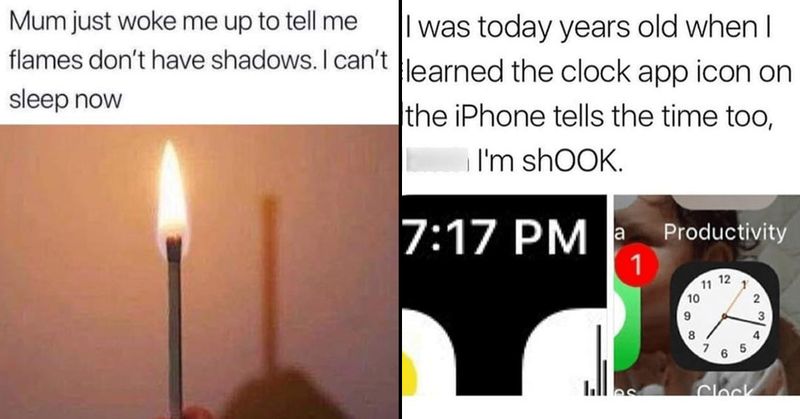
Scrolling through your news feed, you come across a mind-blowing fact and think, “I was today years old when I learned this!” Suddenly, your ignorance transforms into a shared laugh. In the age of information overload, admitting what we don’t know has become not just acceptable, but a bonding moment.
It’s a chance to connect over the little gaps in our knowledge with a sense of humor. This phrase has swept across social media, turning the act of learning into a communal experience. Instead of feeling embarrassed about what we don’t know, we embrace it, finding solace in the fact that we’re all learning every day.
It’s a quirky, endearing trend that’s brought lightness to the vast world of knowledge, reminding us that it’s okay to not have all the answers. It’s a strange, yet wonderful way to navigate the sea of information that surrounds us.
8. Friendships without physical meetings

In an age where distance is conquered by technology, friendships have taken on a new form. You might have a friend you’ve never met in person, yet feel a strong connection. Internet friends are as real as they come, sometimes even more supportive than those nearby.
The lack of physical interaction doesn’t diminish the bond; rather, it often strengthens it. Conversations flow freely through chat boxes and video calls, creating a virtual space where friendships flourish. It’s a proof of the power of shared interests and understanding, transcending the need for proximity.
In this digital world, boundaries blur, and connections grow in unexpected ways. Some may find it odd, but for many, these relationships are a lifeline, providing companionship and support in a fast-paced world. It’s a beautiful evolution of friendship, embracing the possibilities that technology offers.
9. Read receipts as modern mind games
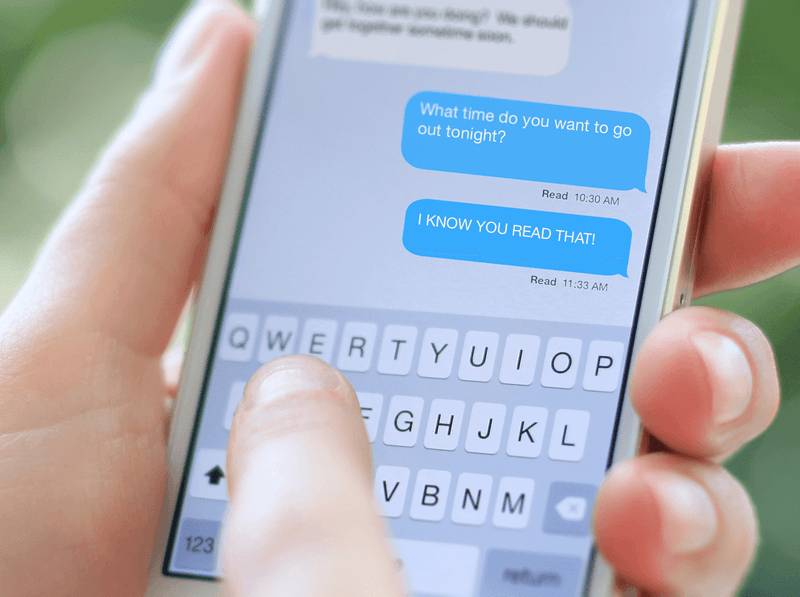
You send a message and wait. There it is—the read receipt. They’ve seen it, but where’s the reply? Welcome to the mind games of modern communication. Read receipts have become more than just a notification; they’re a statement, a glimpse into the dynamics of a conversation.
Did they ignore it? Are they too busy to respond? It’s a puzzle that can drive you mad. In a world where instant responses are expected, the lack of reply becomes a message of its own. It’s a strange dance of patience and anxiety, with read receipts adding a layer of complexity to our interactions.
Some find them helpful, offering a sense of clarity, and others see them as a source of stress. This modern phenomenon reflects the delicate balance of communication, where timing and intention intertwine in mysterious ways.
10. The group chat social lifeline
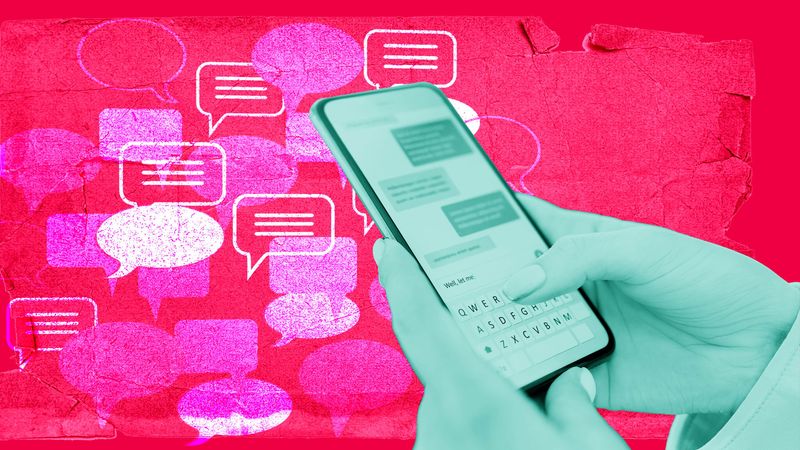
Group chats—both a blessing and a curse in today’s social landscape. On one hand, they’re a lifeline, a way to stay connected with friends and family scattered across the globe. On the other, they can be a source of stress, with endless notifications and the pressure to keep up.
Leaving a group chat? You might as well announce your departure from society. The fear of missing out is real, and the expectation to engage is constant. Yet, amidst the chaos, there’s comfort in knowing that your tribe is just a message away.
It’s a virtual gathering place, where jokes, plans, and support flow freely. Group chats have become an integral part of our lives, a reflection of our interconnected world. They can be overwhelming, but they’re also a proof of the power of community in the digital age.
11. Apologizing for delayed responses

You glance at your phone, realizing you haven’t replied to a message received hours ago. Panic sets in as you hastily type an apology for the delayed response. “Sorry for the late reply!” has become a reflex, a necessary disclaimer in our fast-paced communication world.
In a society that values instant reactions, taking time to respond feels like a breach of etiquette. But why the rush? Life happens, distractions occur, and sometimes, we just need a break from our screens. Yet, the expectation to be constantly available lingers, pressuring us to justify our absence.
This modern ritual of apology reflects our collective anxiety over maintaining connections. It’s a strange reality, where the need for constant communication often outweighs personal boundaries. Despite its absurdity, it’s a habit that’s deeply ingrained in our digital interactions.
12. Social media vetting before meetings

Before meeting someone new, a ritual unfolds—social media vetting. You dive into their digital persona, piecing together bits of information from Instagram, LinkedIn, and more. It’s a modern-day background check, providing a glimpse into their world.
This pre-meeting research offers a sense of familiarity, easing the anxiety of unknown encounters. But it’s a double-edged sword, as it shapes perceptions before personal interactions occur. Some view it as an invasion of privacy, but others see it as a necessary step in today’s interconnected society.
It’s the new normal, a way to navigate the complexities of social dynamics. By examining their online presence, we gather clues about interests, values, and lifestyles, crafting a preliminary understanding. It’s an intriguing, yet slightly intrusive habit that has become ingrained in our social interactions.
13. Busy as a humblebrag

In today’s world, being busy has become a badge of honor. You hear it everywhere—”I’ve been so busy!”—a humblebrag disguised as a complaint. It’s as if busyness equates to success, a sign that you’re thriving in the chaos. But beneath the surface lies a complex dance of validation and pressure.
We wear our schedules like armor, shielding us from vulnerability. Yet, this constant state of busyness takes a toll, leaving little room for rest and reflection. It’s a strange paradox, where the more overwhelmed we feel, the more accomplished we appear.
Being busy has become the currency of worth, a measure of our significance. It’s an odd but pervasive mindset that has seeped into our daily lives, pushing us to keep up with the relentless pace of modern living.
14. Using ‘LOL’ to soften messages
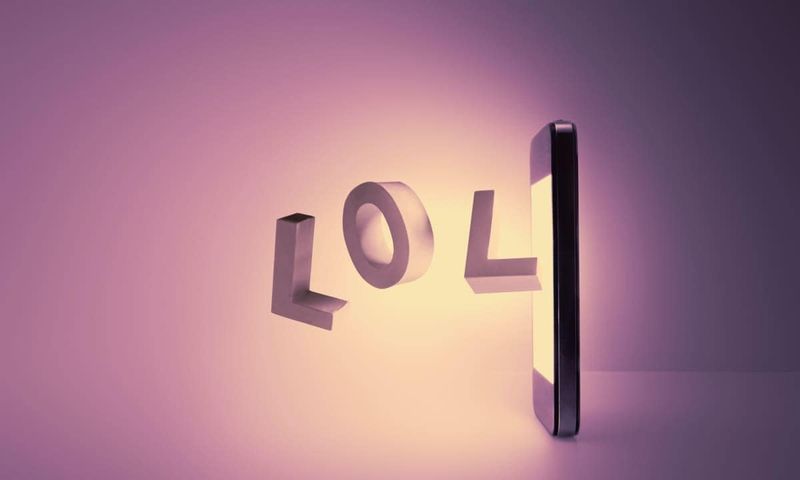
Ever find yourself adding ‘LOL’ to a text that wasn’t funny? It’s become a buffer, a way to soften the blow of blunt messages. Whether it’s a casual comment or a slightly critical note, ‘LOL’ lightens the tone, making it more palatable. This peculiar habit has crept into our digital dialogues, offering a layer of protection against misunderstandings.
It’s the verbal equivalent of a friendly nudge, ensuring that the recipient knows there’s no malice intended. While some might find it insincere, for many, it’s a comforting way to navigate the complexities of text-based communication.
In a world where tone is often lost in translation, ‘LOL’ serves as a safety net, a gentle reminder that humor and kindness prevail. It’s a quirky, yet effective tool in our conversational toolbox, bridging the gap between intention and interpretation.
15. ‘No worries if not’ as polite desperation
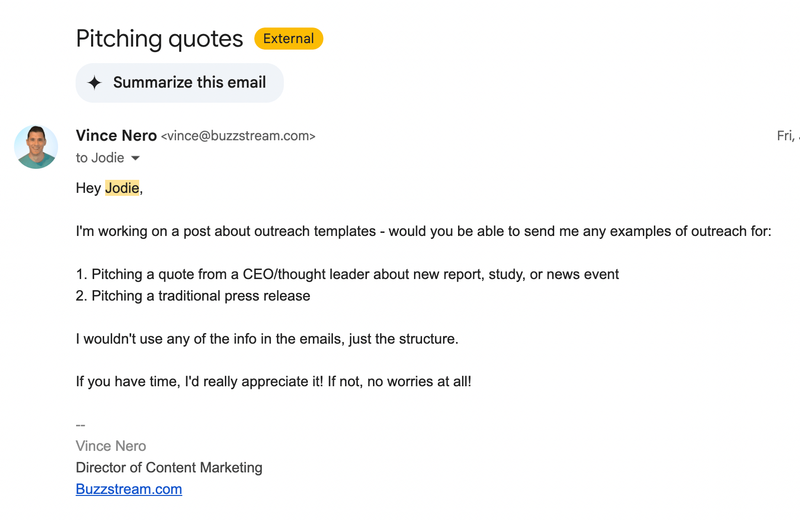
You type out a request, add a friendly “no worries if not,” and hit send. It’s a phrase that’s taken on a life of its own, softening our demands with a veneer of politeness. Beneath the surface, though, lies a hint of desperation, a plea for understanding.
This linguistic quirk has found its place in emails and texts, offering a cushion for rejection. It’s a way to express hope without imposing, to ask without demanding. In a world where assertiveness can be mistaken for aggression, “no worries if not” strikes a delicate balance.
It reflects our desire for connection and acceptance, wrapped in an envelope of courtesy. Sure, it might seem overly cautious, it’s a reflection of our need for harmony in communication. This gentle phrase has become a staple in our exchanges, a reflection of the nuances of modern etiquette.
16. Faking plans to avoid socializing
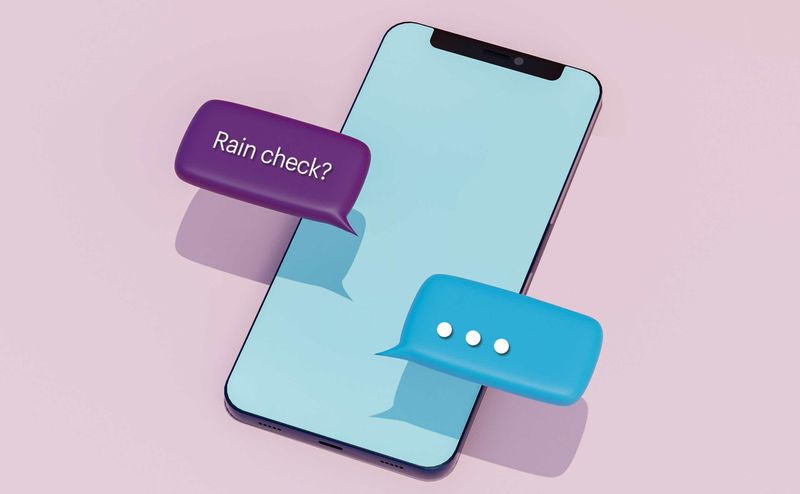
You craft a believable excuse, send it off, and settle in for a cozy night at home. Faking plans to avoid socializing has become a form of self-care, a way to protect our mental space in a world demanding constant interaction. It’s not about disliking people; it’s about preserving energy.
In a society that often glorifies busyness, taking time for oneself feels like an act of rebellion. While some might view it as dishonest, for many, it’s a necessary escape from the pressures of social commitments.
This quirky habit highlights the delicate balance between connection and solitude, reminding us of the importance of listening to our needs. It’s a strange yet comforting practice that has found its place in our social playbook, offering a moment of respite in the whirlwind of modern life.
17. Emoji overload as emotional buffers
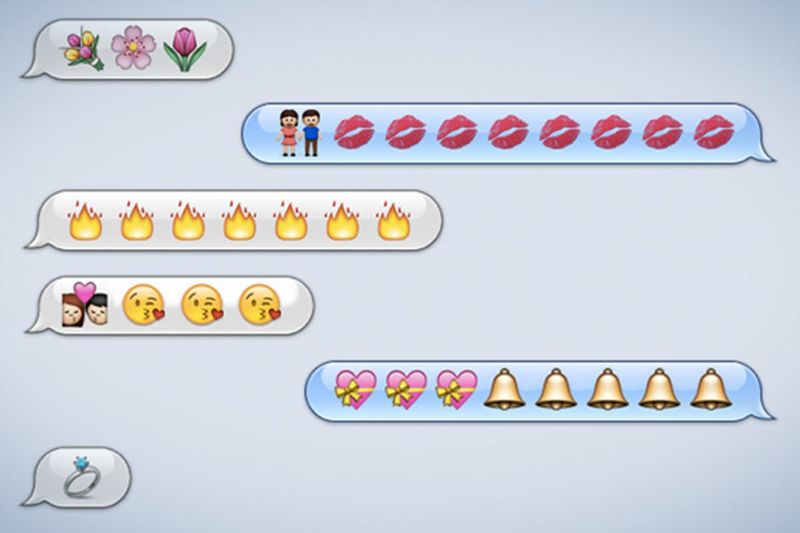
Gone are the days of simple punctuation. Now, we sprinkle emojis with abandon, adding layers of emotion to our texts. These colorful icons serve as emotional buffers, conveying nuances that words alone might miss. A well-placed smiley face can soften a critique or add warmth to a mundane message.
In a world where digital communication dominates, emojis bridge the gap between intention and interpretation. They offer a playful, expressive way to connect, transforming our conversations into vibrant exchanges. Yet, the overuse of emojis can sometimes dilute the message, leading to misunderstandings.
Despite this, they remain a beloved tool in our communication arsenal, adding color and personality to our words. It’s a quirky trend that reflects our desire for connection, blending technology with the timeless art of expression.
18. Food photography before eating

You sit down for a delicious meal, but wait—first, a photo for the ‘gram. Taking pictures of food has become a ritual, a way to share culinary experiences with the world. It’s as if the meal doesn’t count unless it’s documented. This quirky habit has turned dining into a visual art, where presentation is as important as taste.
It’s a chance to showcase creativity, turning a simple dish into a masterpiece. While some see it as unnecessary, for many, it’s a way to connect with others, sharing moments of joy through images. This trend highlights the intersection of food and technology, where the camera is as essential as the fork and knife.
It’s a fascinating evolution of dining culture, blending the flavors of life with the colors of creativity. Despite its peculiar nature, it’s a beloved part of our modern culinary experience.
19. Therapy talk in daily conversation

In our quest for mental well-being, therapy talk has seeped into everyday conversations. Terms like “setting boundaries” and “trauma response” are no longer confined to counseling sessions. They’ve become part of our emotional vocabulary, offering insights into our behaviors and relationships.
This shift reflects a growing awareness of mental health, encouraging open discussions about our inner worlds. It’s a way to articulate feelings and foster empathy, creating a culture of understanding. While some might view it as jargon, for many, it’s a tool for self-reflection and growth.
Integration of therapeutic language into daily life signals a shift towards acceptance and support. It’s a strange yet empowering trend that has reshaped our interactions, promoting a deeper connection with ourselves and others. By embracing these terms, we are fostering a healthier and more empathetic society.
20. Silent scrolling as quality time

Picture this: you’re with friends, comfortably sprawled on the couch, each engrossed in their own screen. Silence fills the room, yet there’s a sense of camaraderie. Welcome to the world of silent scrolling—where being together doesn’t always mean interacting.
It’s a peculiar form of quality time, where the presence of others is enough. In a society obsessed with connectivity, this quiet companionship offers a break from constant engagement. It’s a chance to be alone, yet not lonely, sharing space without the pressure to converse.
This modern social rule reflects our evolving understanding of relationships, where the digital world coexists with the physical. While some might see it as disengagement, for many, it’s a comforting reminder of shared existence. It’s a strange, yet beautifully simple way to connect.



